What Is an Automatic Transmission Motorcycle?
Automatic transmission motorcycle eliminate the need for manual gear shifting. They rely on advanced systems to handle gear changes.
Definition and Key Features
An automatic transmission motorcycle offers seamless operation without manual clutch use. Key features include:
- Automated gear changes for smoother rides.
- Simplified operation with no clutch lever or foot shifter.
- Technology-powered mechanisms like CVT or DCT systems.
These bikes are user-friendly, catering to riders of all skill levels.
How It Differs from Manual Transmission Motorcycles
Automatic motorcycles differ mainly in operation. Here’s how:
- No Clutch Control: Manual bikes need a clutch lever, while automatics do not.
- Automated Shifting: Gear shifts occur automatically instead of manual input.
- Mechanism Variance: Automatics use systems like CVT, unlike the mechanical gears in manuals.
These systems make riding less complex, especially in stop-and-go traffic or for new riders.
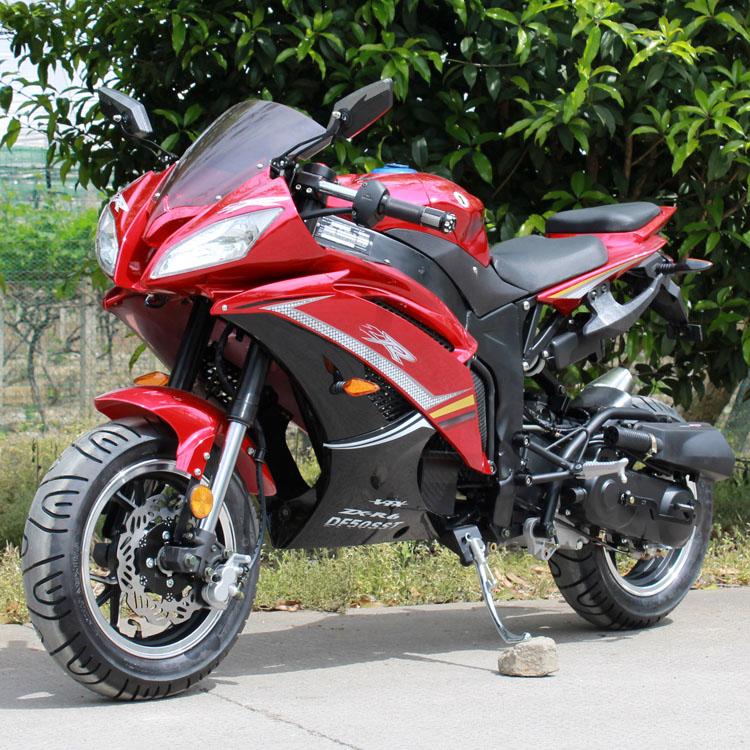
Types of Automatic Transmissions in Motorcycles
Automatic motorcycles use different transmission systems to simplify riding. Each type offers unique advantages.
Continuously Variable Transmission (CVT)
CVT transmissions provide seamless acceleration without traditional gears. They rely on pulleys and belts to adjust ratios automatically. This system is smooth and efficient for urban riding. CVTs are common in scooters and small bikes, making them ideal for city commutes.
Dual-Clutch Transmission (DCT)
DCT systems use two clutches to manage gear shifts. One clutch covers odd-numbered gears, while the other handles even-numbered ones. This reduces shift times and ensures smooth transitions. DCT offers performance closer to manual systems, appealing to sport and touring riders. Honda Gold Wing motorcycles often feature this technology.
Automatic Hydraulic Transmissions
Automatic hydraulic systems combine fluid dynamics and mechanics for gear changes. They use hydraulic pumps to manage power delivery smoothly. These transmissions are less common but offer durability and reliability in specific models. They work well for heavier bikes or niche applications.
Understanding these transmission types helps riders choose the best option for their needs.
Benefits of Riding an Automatic Motorcycle
Automatic transmission motorcycles offer various benefits that enhance the riding experience. They are designed to make riding smoother and more enjoyable. Let’s explore the key advantages they bring.
Easier for Beginners and Novice Riders
Beginners often struggle with clutch and gear control on manual motorcycles. Automatic motorcycles remove this challenge.
- No clutch lever or foot shifter simplifies riding for new riders.
- Automated shifting allows beginners to focus on balancing and steering.
- Reduced learning curve makes riding accessible for all skill levels.
These bikes boost confidence, helping new riders adapt quickly to motorcycling.
Enhanced Convenience in Urban Traffic
City traffic often involves frequent stop-and-go situations, which can be tiring on manual bikes. Automatic motorcycles shine in such conditions.
- They eliminate constant clutching and gear changes in stop-and-go traffic.
- Automatic transmissions allow smooth acceleration and deceleration.
- Riders can better focus on traffic and road conditions.
These conveniences make automatic motorcycles ideal for daily commuting and urban environments.
Reduced Rider Fatigue During Long Trips
Long rides on manual motorcycles can cause hand and leg fatigue due to constant gear shifting. Automatic motorcycles significantly reduce this strain.
- Automated systems minimize physical effort over extended periods.
- Riders can enjoy a more relaxed and comfortable journey.
- They allow better concentration on the ride, enhancing safety and enjoyment.
Whether for commuting, city rides, or touring, automatic motorcycles offer convenience and ease.
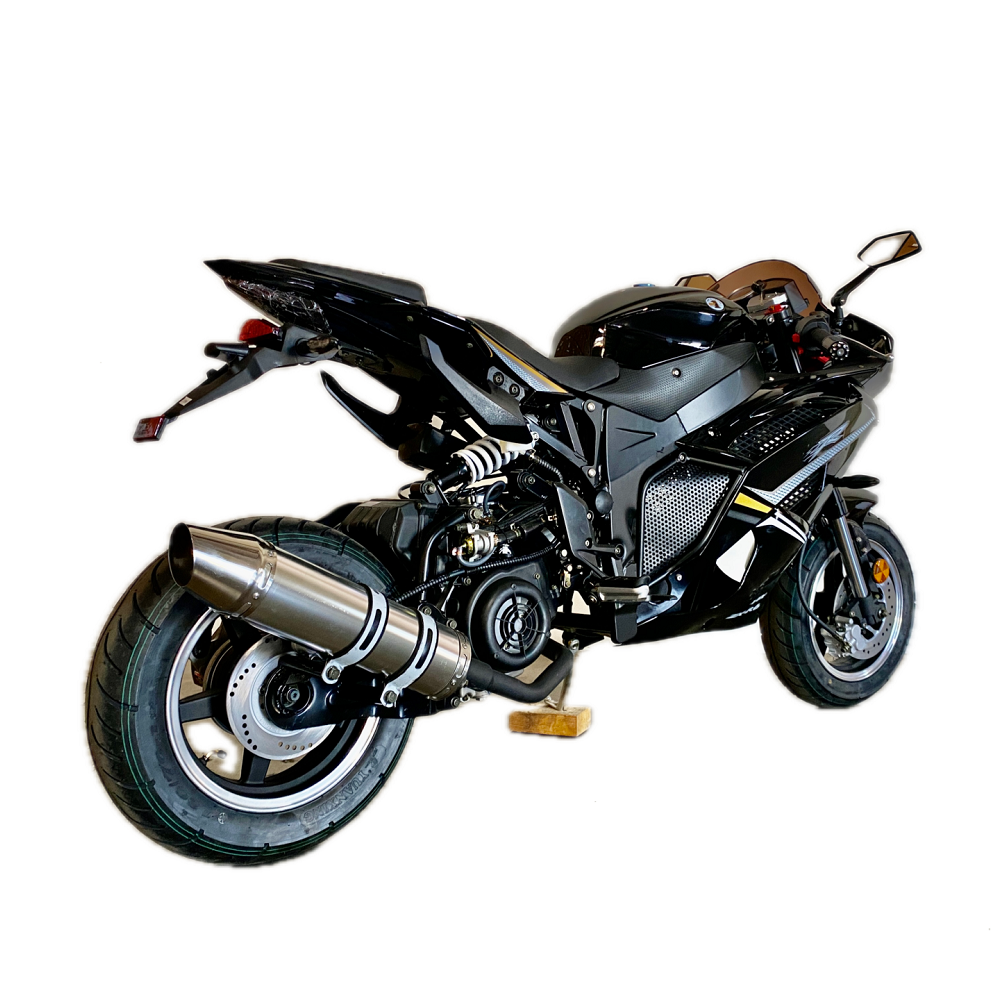
Popular Automatic Motorcycle Models
Automatic transmission motorcycles come in many models, offering a variety of features. Some stand out for their innovation, performance, and popularity. Let’s explore three notable options.
Honda Gold Wing
The Honda Gold Wing is a luxury touring motorcycle with a dual-clutch transmission (DCT). This model offers:
- Smooth Gear Shifting: The DCT system enables seamless transitions between gears.
- Comfort Features: Includes heated seats, ample storage, and advanced navigation.
- Ideal for Long Rides: It supports extended journeys with outstanding comfort and reduced fatigue.
The Gold Wing is preferred by touring enthusiasts wanting a premium experience.
Zero Motorcycles (Electric Options)
Zero Motorcycles specialize in electric bikes, combining efficiency with automatic transmissions. Key highlights include:
- Environmentally Friendly: Fully electric with no emissions.
- Instant Torque: Offers quick acceleration with no gear changes required.
- Low Maintenance: Electric motors reduce upkeep compared to traditional engines.
Zero Motorcycles cater to eco-conscious riders and urban commuters seeking modern technology.
Yamaha FJR1300AE
The Yamaha FJR1300AE delivers a balance of performance and convenience. Its key features include:
- Electronically Controlled Suspension: Adapts to various riding conditions automatically.
- Smooth Sport-Touring Experience: Combines a comfortable ride with powerful performance.
- Integrated Auto Transmission: Provides easier handling in all types of terrains.
This model is ideal for riders who seek both adventure and comfort simultaneously.
Each of these models represents a unique approach to automatic motorcycles, addressing various rider needs.
Comparing Automatic and Manual Transmission Motorcycles
Automatic and manual transmission motorcycles have distinct features and appeal to different riders. Understanding their differences is essential for making an informed decision.
Performance and Efficiency Differences
When it comes to performance and efficiency, automatic and manual motorcycles vary significantly:
- Acceleration: Manual motorcycles often offer better acceleration control for experienced riders.
- Power Delivery: Automatics provide smooth and consistent power delivery, ideal for stop-and-go traffic.
- Fuel Efficiency: Manual motorcycles generally offer better fuel economy due to less mechanical complexity.
- Precision Control: Manual bikes allow more precise power management, benefiting sport and off-road riders.
- Convenience: Automatics reduce the need for constant gear shifting, enhancing ease in urban settings.
While manual motorcycles perform well in demanding conditions, automatics excel in comfort and simplicity, especially for new or commuting riders.
Cost Comparison
Cost is an important consideration when choosing between automatic and manual transmission motorcycles:
- Initial Price: Automatic motorcycles often have higher upfront costs due to advanced technology.
- Maintenance: Manual motorcycles usually require less maintenance compared to complex automatic systems.
- Resale Value: Manuals can hold better resale value because of their widespread popularity.
- Long-Term Costs: Automatics, while costlier initially, may save money long-term with fewer wear-and-tear instances.
Each type has unique cost implications. Riders should assess their budget and long-term ownership goals to choose the right fit.
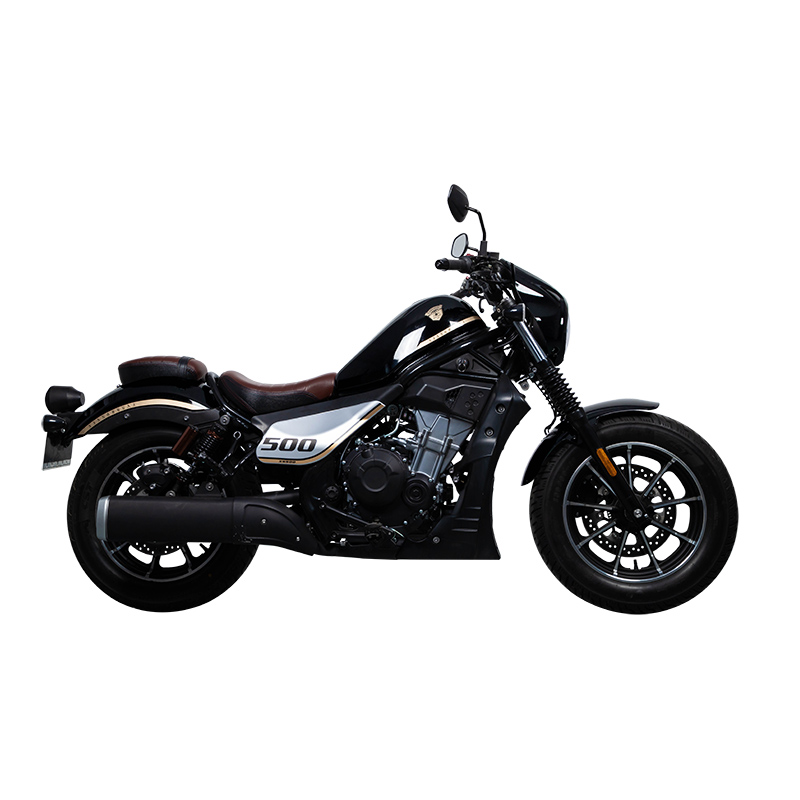
Tips for Choosing the Right Automatic Motorcycle
Selecting the right automatic transmission motorcycle depends on several factors. Understand your needs and preferences to make the best choice.
Factors to Consider Before Purchase
When buying an automatic motorcycle, consider these key factors:
- Bike Type: Identify whether you need a commuter, touring, or off-road motorcycle.
- Transmission System: Decide between CVT, DCT, or hydraulic transmissions based on your riding style.
- Budget: Assess your financial limits and compare models within your price range.
- Comfort Features: Look for extras like adjustable seats, storage, and ergonomic designs for added comfort.
- Fuel Type: Choose between electric and gas-powered motorcycles based on sustainability and convenience.
- Maintenance Needs: Investigate repair and upkeep costs for the chosen model.
- Resale Value: Check how well the motorcycle retains value over time.
- Rider Experience: Select bikes suitable for your skill level, especially for beginners.
Recommendations Based on Riding Style
Different riders have varying requirements. Here are suggestions based on common riding styles:
- For Commuters: Opt for scooters with CVT systems. They’re lightweight and ideal for city traffic.
- For Touring Riders: Choose motorcycles like the Honda Gold Wing with DCT for long-distance comfort and reliability.
- For Eco-Conscious Riders: Electric models, such as Zero Motorcycles, offer emission-free rides and lower upkeep.
- For Adventure Enthusiasts: Pick bikes with advanced features like suspension and auto transmission, such as the Yamaha FJR1300AE.
- For Beginners: Look for lightweight motorcycles with simplified controls and smooth automatic transmission systems.
Taking into account your riding style and requirements ensures a satisfying purchase decision.
Maintenance and Care for Automatic Transmission Motorcycles
Proper maintenance ensures your automatic transmission motorcycle runs smoothly. Regular care can extend its lifespan.
Common Maintenance Practices
Follow these practices to keep your automatic motorcycle in optimal condition:
- Oil Changes: Replace engine oil regularly to ensure smooth operation of moving parts.
- Transmission Fluid Check: Maintain proper fluid levels in systems like CVT and DCT for seamless gear shifts.
- Inspect Belts and Clutches: Check for wear and tear on key components such as belts in CVT systems.
- Battery Maintenance: Keep the battery fully charged, especially for electric motorcycles like Zero models.
- Clean Air Filters: Ensure clean filters to boost engine performance and fuel efficiency.
- Brake System Check: Inspect brake pads, fluids, and rotors to keep your rides safe and smooth.
- Scheduled Servicing: Follow the manufacturer’s maintenance schedule to address minor issues before they become costly.
Regular inspection and timely fixes ensure your motorcycle stays reliable and efficient.
Addressing Transmission Issues
Transmission problems can develop over time. Early identification prevents significant damage and expenses. Common issues include:
- Slipping Gears: A sign of worn belts or clutches. Replace these components promptly.
- Fluid Leaks: Inspect seals and gaskets if you notice leaks. Fix them to avoid performance dips.
- Noise During Gear Changes: Grinding sounds indicate worn parts. Seek professional repairs for CVT or DCT systems.
- Delayed Gear Shifts: Could stem from old transmission fluid or damaged components requiring replacement.
- Electrical Failures: Check for software issues in automatic systems. Recalibrate settings if necessary.
Consult a certified technician for complex repairs. Preventive care minimizes wear and ensures your bike remains reliable.
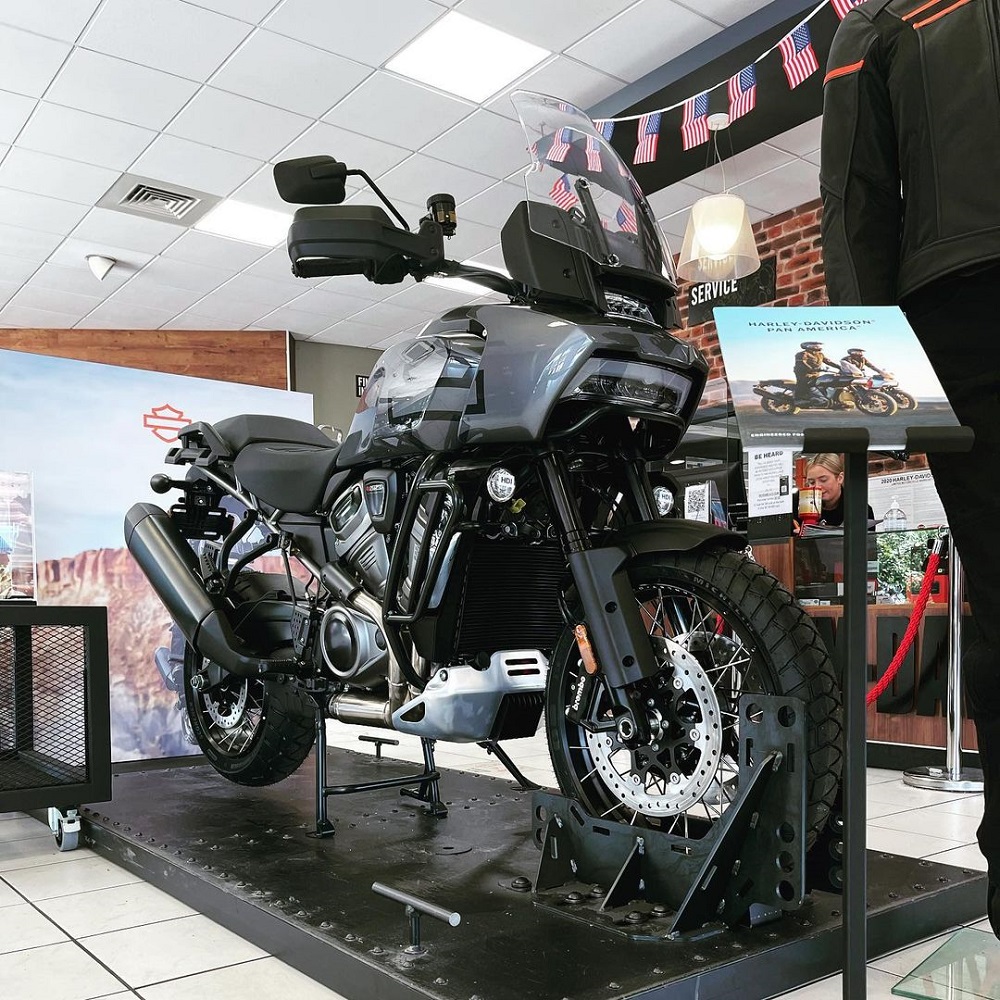
FAQs About Automatic Transmission Motorcycles
Are Automatic Motorcycles Suitable for New Riders?
Yes, automatic motorcycles are perfect for beginners. They eliminate the need for clutch and gear control, which simplifies riding. Automated systems allow new riders to focus on steering and balancing. Additionally, their smooth and user-friendly operation boosts confidence in first-time riders. Many automatic motorcycles also come with safety features like ABS, adding to their appeal for novices.
What Is the Lifespan of an Automatic Transmission?
The lifespan of an automatic transmission depends on use and maintenance. With proper care, most systems last 50,000 to 100,000 miles or more. Regular oil changes and fluid checks are critical to extend longevity. Components like belts or clutches in CVT transmissions may require periodic replacement. Manufacturers’ maintenance schedules help address wear and tear early. Riders must ensure timely service to maximize the durability of their automatic transmission system.
Exploring the Long-Term Benefits of Automatic Motorcycles
Reduced Fatigue for Big Rides
One significant advantage of automatic transmission motorcycles is reduced rider fatigue during longer journeys. For many riders, especially those who frequently travel long distances, operating a manual transmission can become tiring. Shifting gears continuously can strain the wrist and legs, leading to discomfort on extended trips. On the other hand, an automatic motorcycle allows riders to relax and enjoy the ride without the physical demands of constant gear shifting. This comfort enables them to focus on the scenery and the overall experience without feeling worn out by the demands of manual operation. By reducing fatigue, automatic motorcycles make it possible for riders to enjoy longer and more enjoyable rides.
Ease of Use for New Riders
For new motorcycle riders, the prospect of learning to operate a manual transmission can be daunting. Automatic motorcycles offer a welcoming entry point into the world of riding, removing the complexities of clutch and gear control. New riders can quickly acclimate to the basic operations of riding, allowing them to focus on safety and road awareness. This approach lowers the barriers to entry, encouraging more women and younger riders to embrace motorcycling. As they gain confidence, many new riders may eventually transition to manual models, but starting with an automatic bike can set a solid foundation for their journey.
Accessibility for Diverse Riders
The accessibility provided by automatic transmission motorcycles also serves a more diverse range of riders. Individuals with physical limitations or disabilities may find it challenging to operate a traditional manual transmission motorcycle. By eliminating the need for a clutch and gear shifting, automatic motorcycles become an inclusive option for those who might otherwise be unable to enjoy riding. As the motorcycle industry continues to evolve, focusing on accessibility and inclusivity will undoubtedly enhance the overall riding community. This inclusivity brings fresh perspectives and experiences that can enrich the world of motorcycling.
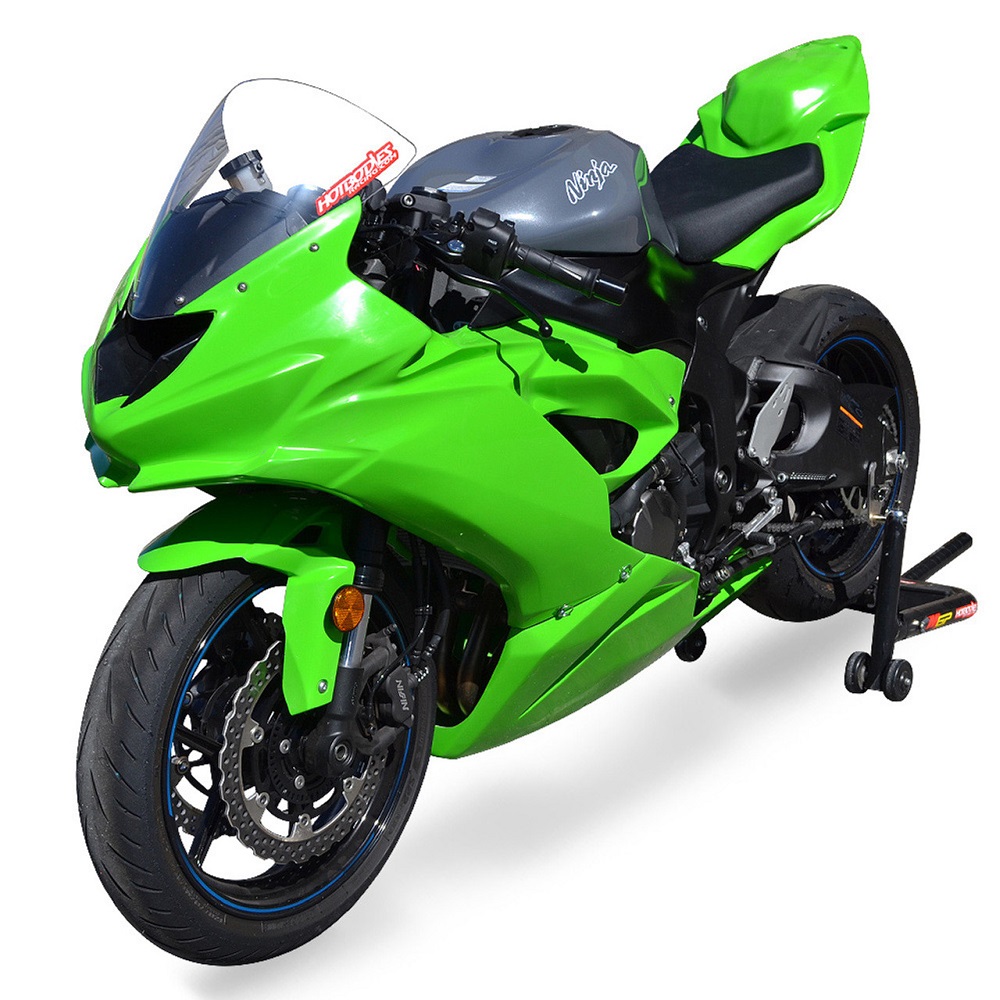
Future Trends in Motorcycle Technology
Advancements in Smart Technology
Looking ahead, advancements in motorcycle technology promise to revolutionize the riding experience even further. Smart technologies that integrate with automatic transmissions are on the rise. Features such as smartphone connectivity, navigation assistance, and ride data tracking are becoming more common. These innovations not only enhance safety but also provide real-time information about the motorcycle’s performance and rider habits. As technology continues to advance, the user experience will evolve, making riding more enjoyable and interactive.
The Role of Electric Motorcycles
Electric motorcycles are also making waves in the automatic motorcycle sector. With the growing emphasis on sustainability, electric bikes offer an eco-friendly alternative with automatic transmission systems. These motorcycles often feature regenerative braking and instant torque delivery, further enhancing their user-friendly appeal. As electric motorcycles gain popularity, manufacturers are developing automatic models that cater to the unique needs of riders while maintaining power and performance. These innovations will likely change the landscape of motorcycling, attracting new riders while reducing environmental impact.
Encouraging Personalization Through Technology
Future riders may also enjoy greater opportunities for personalization, thanks to advancements in technology. Companies are exploring customizable features that allow riders to tailor their automatic motorcycles to suit their preferences. This includes options such as adjustable seat heights, handlebar configurations, and even software that adapts the bike’s performance characteristics to the rider’s style. By increasing the potential for personalization, manufacturers can provide a more engaging experience that appeals to diverse riding styles. This focus on customization enhances the sense of ownership and enjoyment that comes with riding.
Conclusion: Embrace the Journey of Riding
Selecting the Right Motorcycle for You
In summary, selecting the right motorcycle—whether it’s an automatic or manual model—can significantly influence your riding journey. Automatic transmission motorcycle offer numerous advantages, particularly for new or seasoned riders who prioritize convenience and comfort. Understanding the various types of transmissions available will empower you to make the best choice for your riding style and preferences. Take the time to assess your needs, and enjoy the process of finding a motorcycle that resonates with your personality.
Valuing the Riding Experience
Motorcycling is not just about getting from point A to point B; it is about the experience, freedom, and thrill. Automatic motorcycles foster that freedom by creating a more enjoyable ride. As you explore this unique world, embrace the experiences you have on your journey, both long and short. Each ride carries the potential for adventure and self-discovery, providing memories that will last a lifetime.
Foster Community and Connection
Don’t overlook the importance of connecting with fellow riders as you embark on your motorcycle journey. Joining local riding clubs or online communities allows you to share experiences and lessons with like-minded individuals. These connections can lead to friendships, knowledge exchange, and opportunities for group rides and events. Engaging with other riders enhances your journey and enriches your understanding of motorcycling as a culture.
Prepare for New Adventures
As you gear up and prepare to hit the road, remember that the journey is just as important as the destination. Your motorcycle, whether it has a manual or automatic transmission, will take you to exciting places and introduce you to new experiences. Approach each ride with enthusiasm and curiosity, ready to embrace the adventure that awaits. With the right mindset and the perfect bike, you are poised to create unforgettable memories on every journey. Enjoy the freedom of the open road!
Leave a Reply